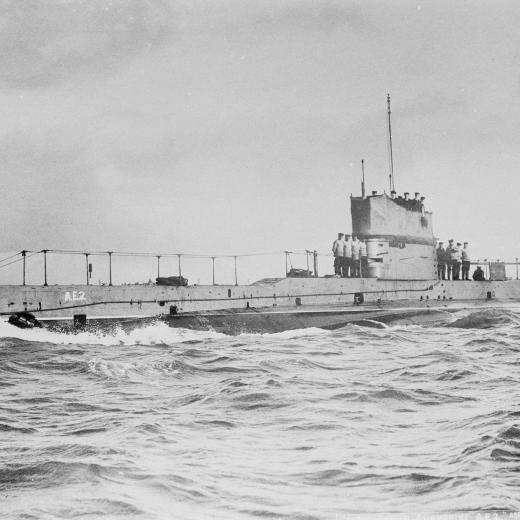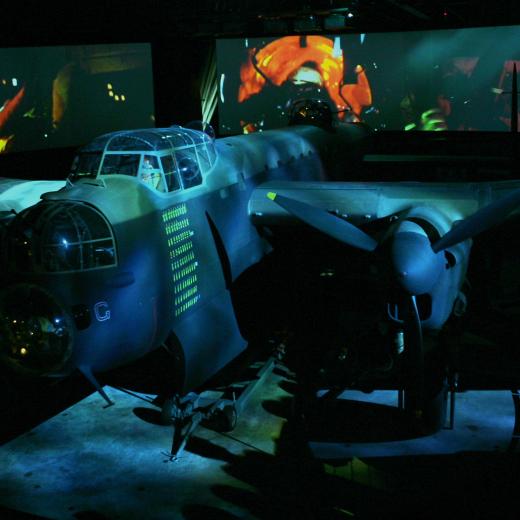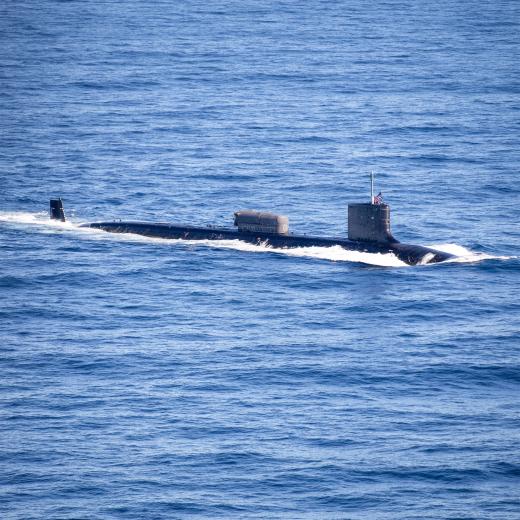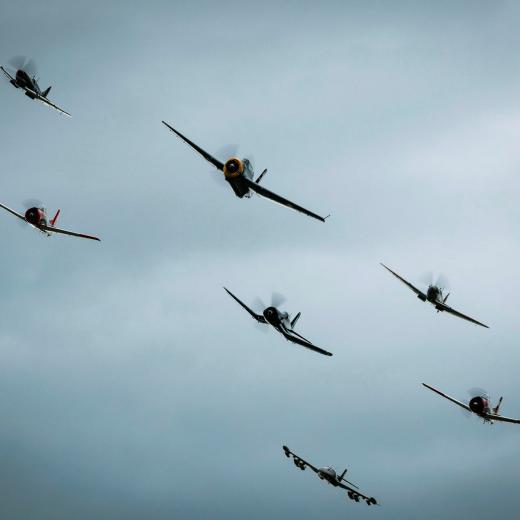BLUF
In 1906 when the UK launched HMS Dreadnought, she was the most powerful battleship globally, but she was soon superseded by newer and better battleships.Summary
HMS Dreadnought was commissioned in 1906 and immediately made all other battleships obsolete. Note the following points made in this National Interest article:
Key points:
- The brainchild of First Sea Lord "Jackie" Fisher.
- Fisher wanted to maintain British Naval Superiority through a more powerful, modern fleet.
- Fisher initiated the concept of the battlecruiser (which eventually included HMAS Australia1) - as fast as a cruiser but with the hitting power of a battleship.
- Dreadnought ('fear nothing') had a single main armament of large guns instead of the mixed armament standard on other ships.
- Improvements in optics and accuracy meant battles could occur at much greater distances utilising long-range guns.
- The Japanese and Americans experimented with 'all big gun' ships.
- Fisher retired or mothballed older RN ships.
- Dreadnought used turbines instead of reciprocating engines giving higher speeds with less vibration.
- Displacing 18,200 tons (Australia's current Hobart Class is 7000 tons) with ten twelve-inch guns and a speed of twenty-one knots, Dreadnought revolutionised maritime warfare.
- Other countries quickly followed Dreadnought's design.
- She became the flagship of the UK Home Fleet until 1912, but newer, larger and better battleships were soon built by navies worldwide.
- Dreadnought is the only Battleship to have ever sunk a submarine- by ramming.
- Dreadnought was in refit during the biggest sea battle of WW1- Jutland, and was eventually scrapped in 1923 see: Jutland, Battle of | The Runway (airforce.gov.au)
- The leap in capability provided by HMS Dreadnought was comparable to that experienced with the introduction of jet fighter aircraft.
Worth noting and remembering the following:
- Dreadnought was the name given to the Royal Navy's first nuclear attack submarine.
- Dreadnought Boys were English child migrants sent to Australia funded from a public trust initially set up to purchase an Australian Dreadnought.
- The next Dreadnought Class RN submarines are due in the 2030s.
- In 1920 Air Power pioneer General Billy Mitchell demonstrated how effective Air Power could be against battleships, by sinking two US battleships as part of a demonstration of Air Power effectiveness. See: Billy Mitchell and the Battleships - Air Force Magazine
- Within 34 years of Dreadnought being launched, the end of the Battleship as a major maritime capability was signalled by the Japanese attack on Pearl Harbour see: Pearl Harbour: The Day of Infamy, 7 December 1941 | The Runway (airforce.gov.au)
- The British learned the lesson the hard way with the sinking of HMS Prince of Wales and HMS Repulse by Japanese aircraft see: The WW2 Sinking of Two Mighty Warships - HMS Prince of Wales and HMS Repulse (warhistoryonline.com)
- Battleships were used during WW2 but mainly to provide navy artillery support for shore landings see: Naval Artillery: Firepower on Display at D-Day - History (historyonthenet.com)
References
Recent Runway Posts related to this topic:
- Military History Background Reading: Wars & Campaigns Involving Australia | The Runway (airforce.gov.au)
- Jutland, Battle of | The Runway (airforce.gov.au)
- Jutland, Battle of | The Runway (airforce.gov.au)
References from the Web:
- Naval Race Between Britain & Germany Before WW1 | Imperial War Museums (iwm.org.uk)
- HMS Dreadnought (1906) (naval-encyclopedia.com)
- Dreadnought battleships 1906 to 1914 (naval-history.net)
- Dreadnought (1906); Warship; Battleship | Royal Museums Greenwich (rmg.co.uk)
- Dreadnought | Description & Facts | Britannica
- June 2014 How the Dreadnought sparked the 20th Century's first arms race - BBC News
- July 2021 Billy Mitchell and the Battleships - Air Force Magazine
- AUG 2021 Dreadnought: The Super Battleship That Started a Naval Revolution - 19FortyFive
Source Information National Interest The
- Article Source: The National Interest: Defense, National Security, Politics and More
- Media Check: Center for the National Interest - Media Bias/Fact Check (mediabiasfactcheck.com)
- Learning Outcomes: RUNWAY TOPICS: LEARNING OUTCOMES | The Runway (airforce.gov.au)





